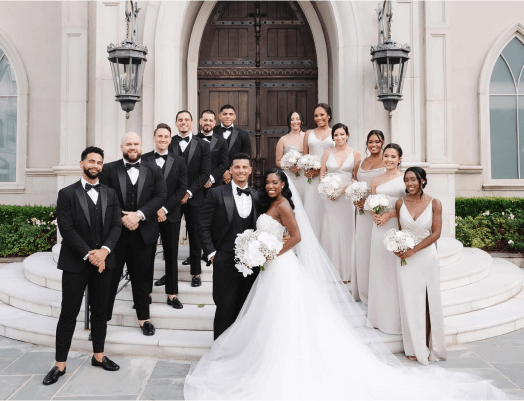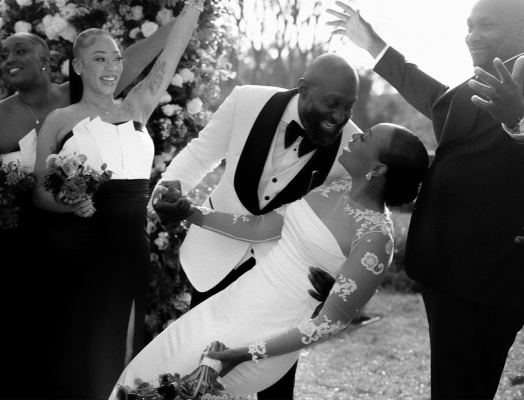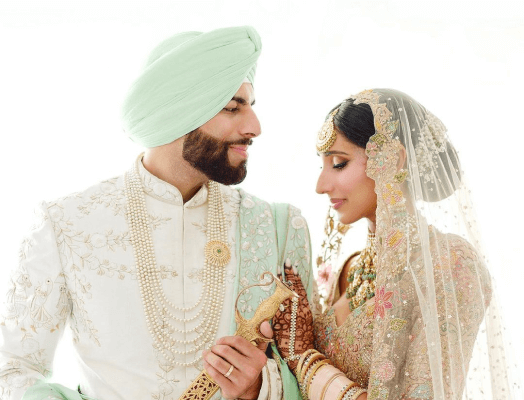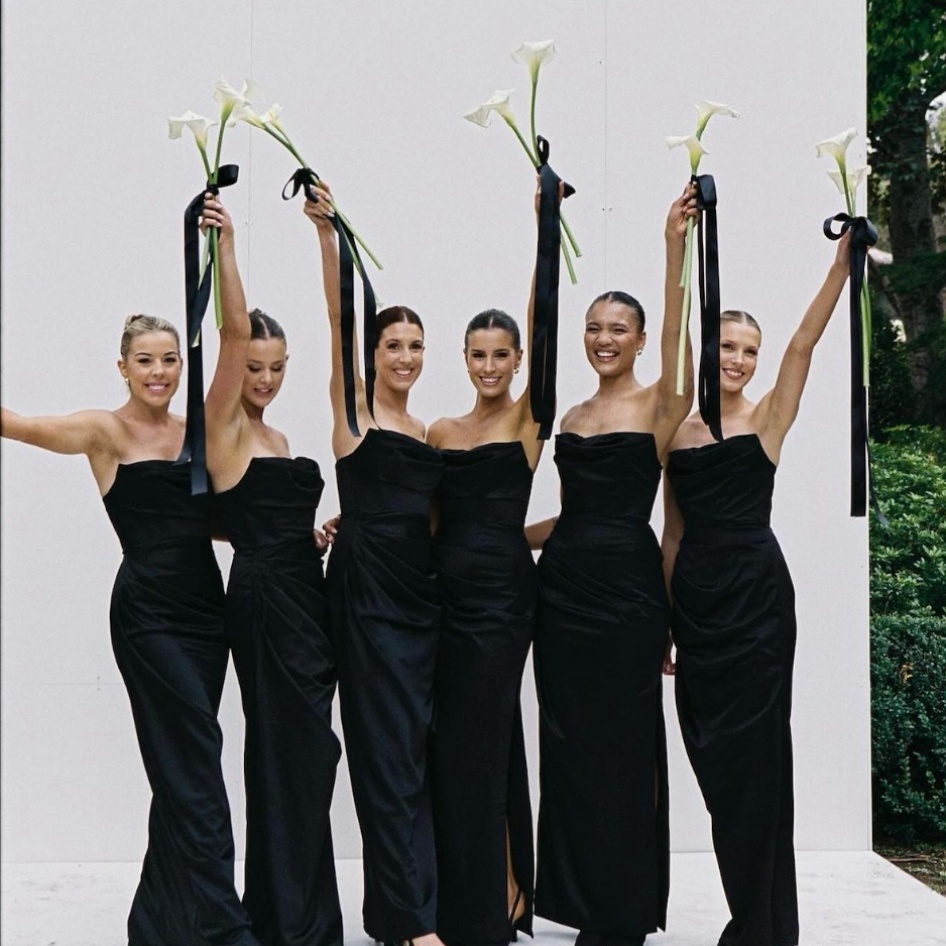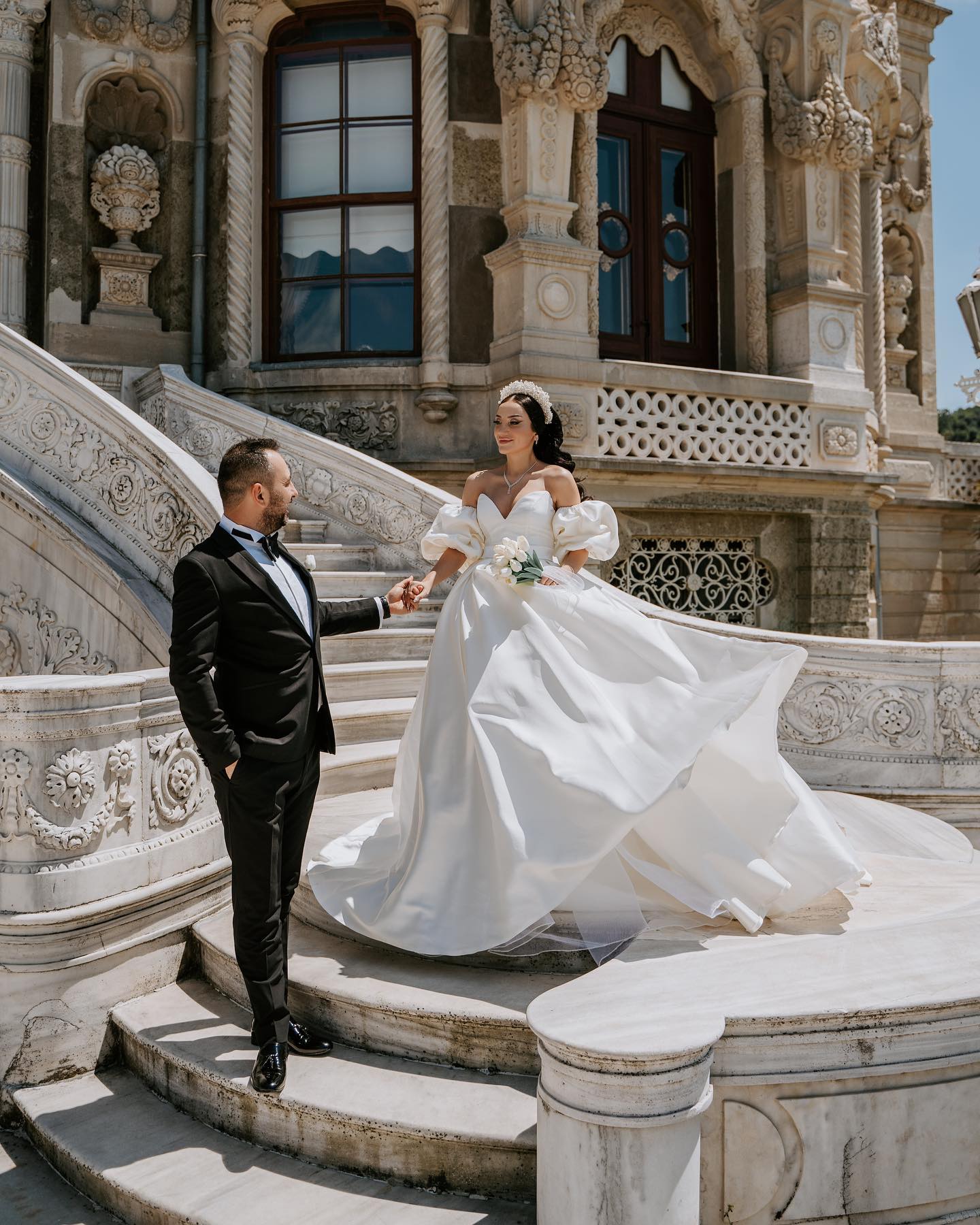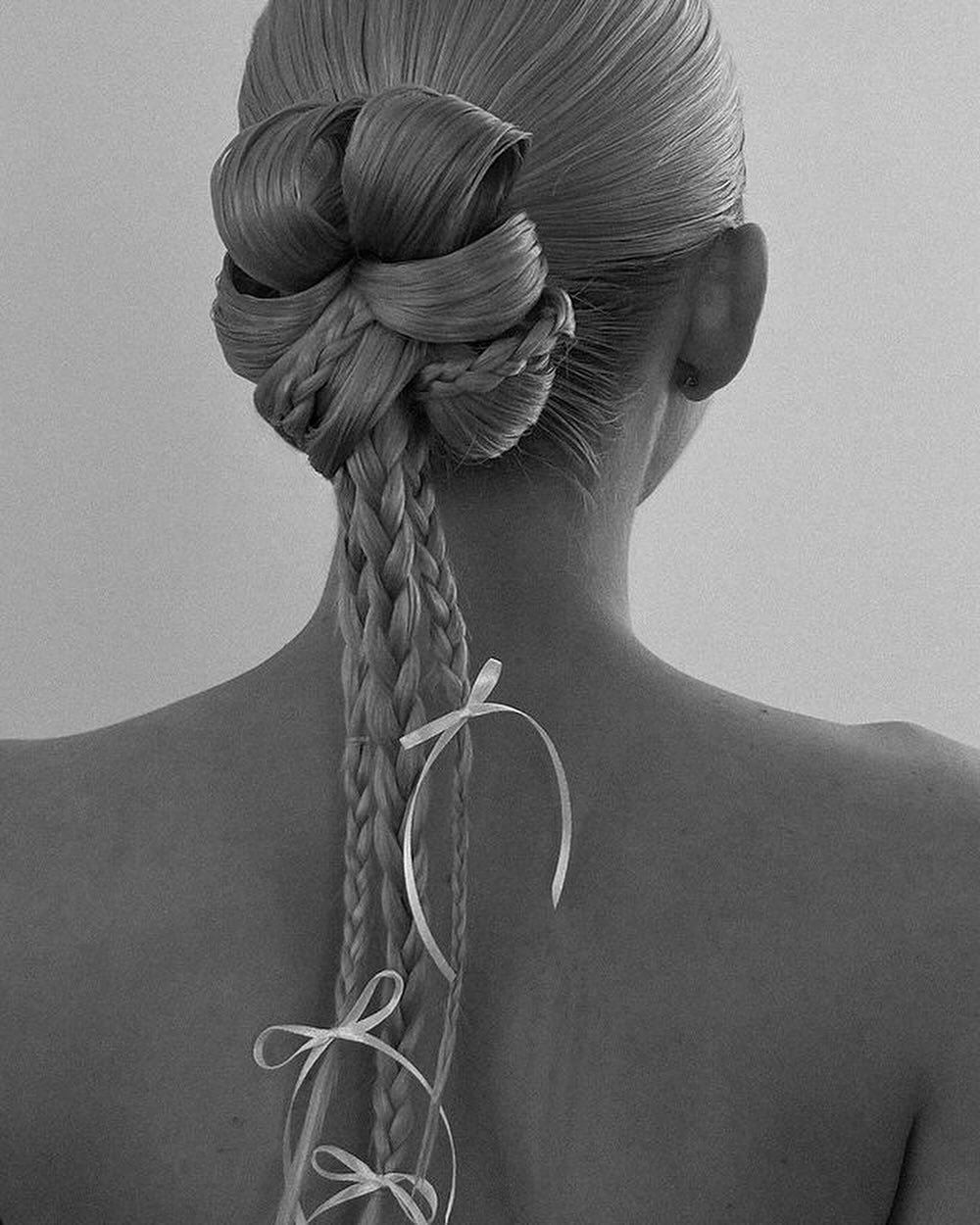Everything You Need to Know About the Ring Bearer's Role
- Author: Natali Grace Levine
- Reading time: 4 min 36 sec
- Publication date: 06/17/2024
- Updated: 01/15/2025
When it comes to the big day, every role adds a sprinkle of magic to the ceremony, and few are as adorable as the role of a ring bearer at a wedding. Often tasked with one of the most aww-inspiring moments, these little participants steal the show just before the bride's grand entrance. Here's the ultimate guide to understanding everything about the ring bearer, from their duties to their big moment during your ceremony.
Find Your Perfect Wedding Vendors
What is a Ring Bearer?
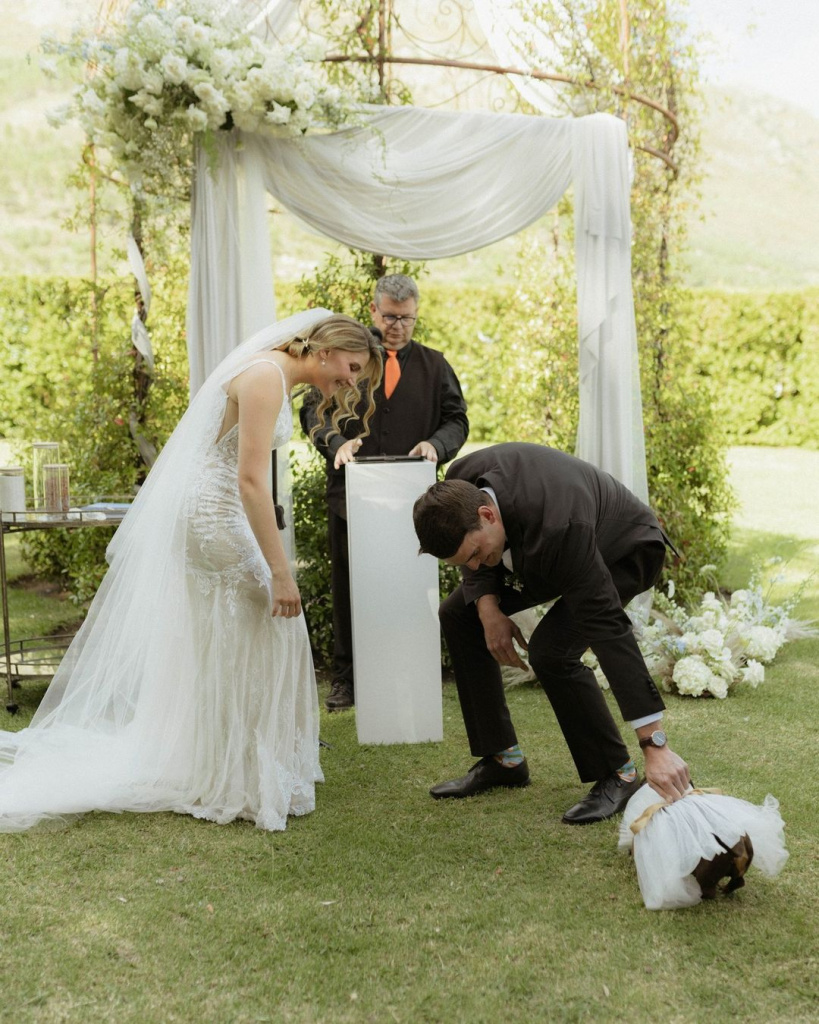
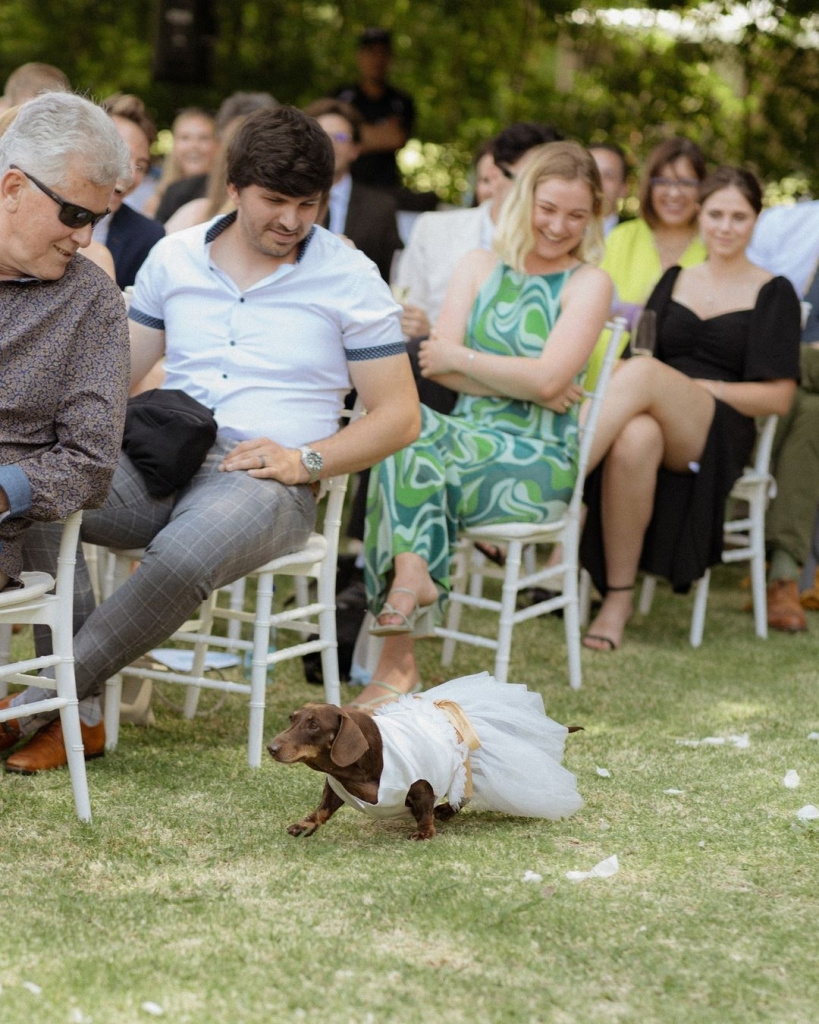
A wedding ring bearer is traditionally a young child who has the honor of carrying the wedding rings down the aisle during the ceremony. This role not only adds a touch of charm and innocence but also holds significant symbolic value, embodying purity and the future of the couple.
Typically, the ring bearer is a close young relative such as a nephew, niece, younger sibling, or even a child of the couple's close friends. Choosing the right ring bearer involves considering the child’s ability to handle the responsibility; the child should be able to walk down the aisle without too much guidance, hold onto the rings securely, and stand still during the ceremony as needed.
The role is both an honor and a responsibility, making it a memorable part of the child’s life as well as the wedding. To prepare them for the role, it's advisable to involve them in some rehearsals to ensure they understand their duties and can perform them with confidence. It’s also a good practice to explain the significance of their role in a way that they can appreciate and look forward to the big day.
How Old are Ring Bearers?
Ring bearers are most commonly between three and eight years old. This age range is chosen because children are typically old enough to take simple instructions but are still young enough to capture the endearing element that many couples look for in this role.
It’s important to consider the individual child's personality and maturity when determining if they are fit for the role. Children who are shy might find the experience overwhelming, whereas outgoing children may relish the attention. Additionally, some couples opt for slightly older children if the wedding setting or the ceremony's formality requires a more composed demeanor.
Flexibility in rehearsals and the day's expectations can help in managing a younger ring bearer's unpredictability. Whatever the age, the key is to ensure they are comfortable and happy in their role, as this contributes positively to the overall mood of the ceremony.
When Do the Ring Bearers Walk Down the Aisle?
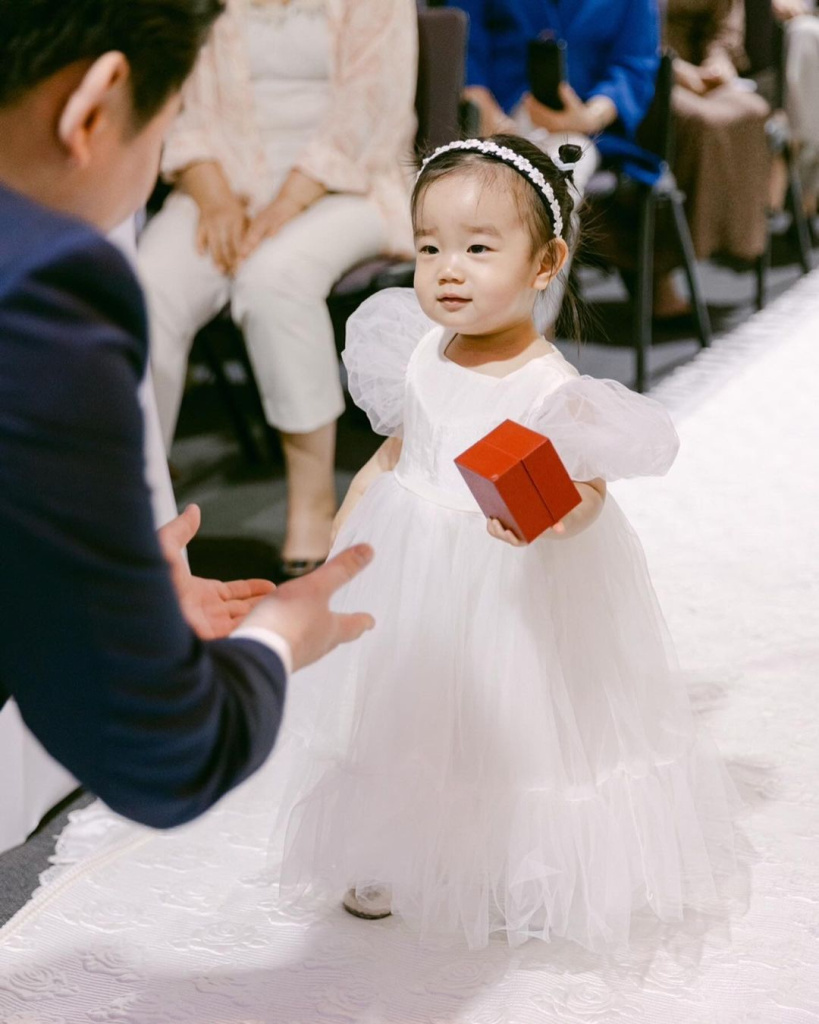
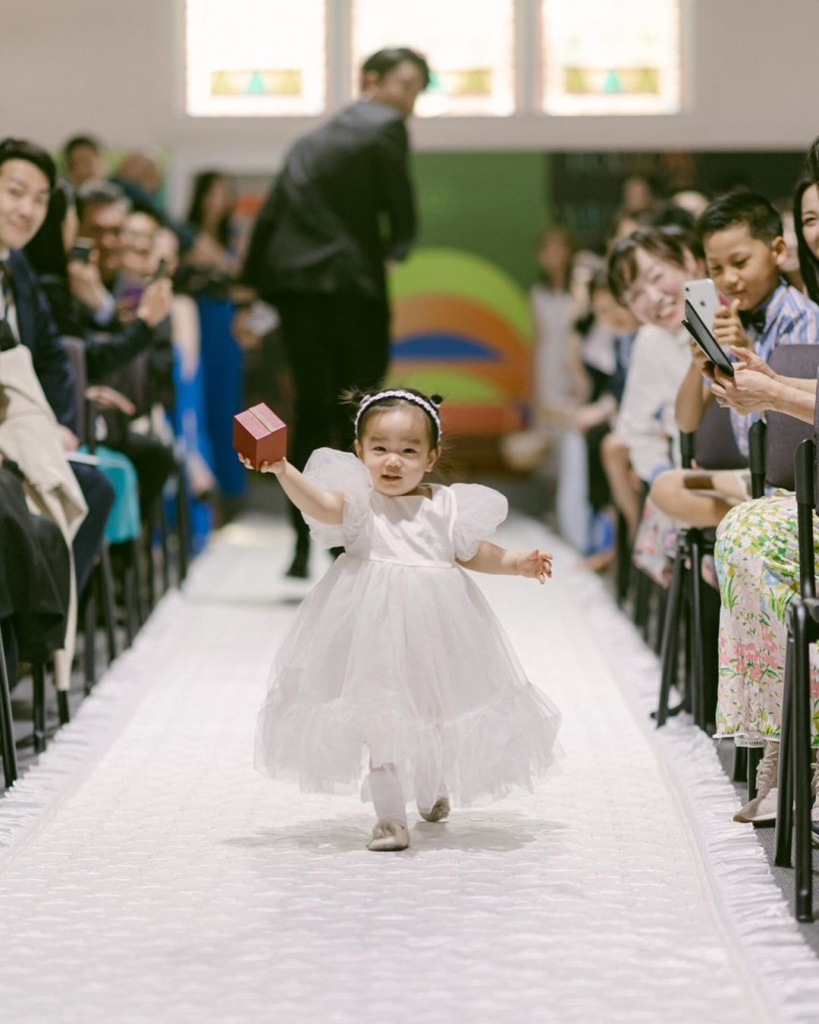
The ring bearer typically makes their entrance just before the flower girl, if one is present, and immediately before the bride. This sequence ensures that the ceremony progresses smoothly and that the rings are at the altar just in time for the exchange.
The timing of the ring bearer's walk is crucial as it sets the stage for the bride's arrival, adding to the anticipation and overall drama of the entrance. To ensure everything goes as planned, the ring bearer should practice during the rehearsal to get comfortable with the timing and the walk itself.
It's also helpful to have a familiar adult at the front to help guide them to their position once they reach the altar. If there are multiple ring bearers, they can either walk together side by side or one after another, depending on their age and confidence level.
Who Does the Ring Bearer Give the Rings To?
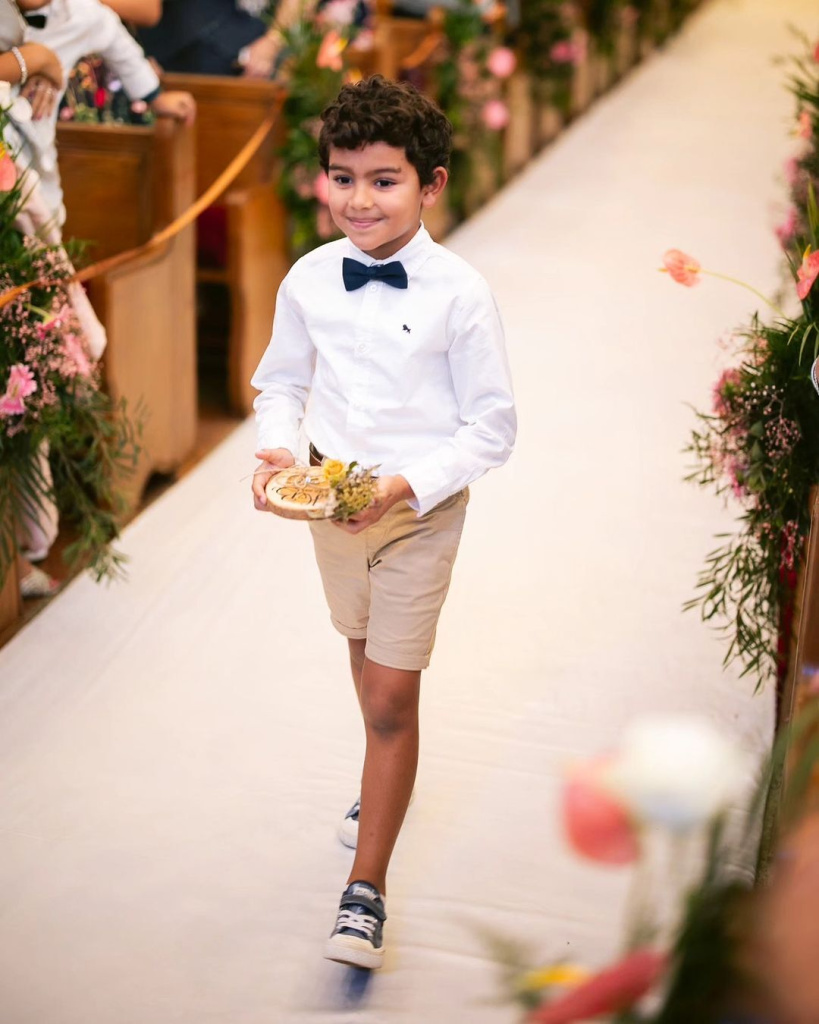
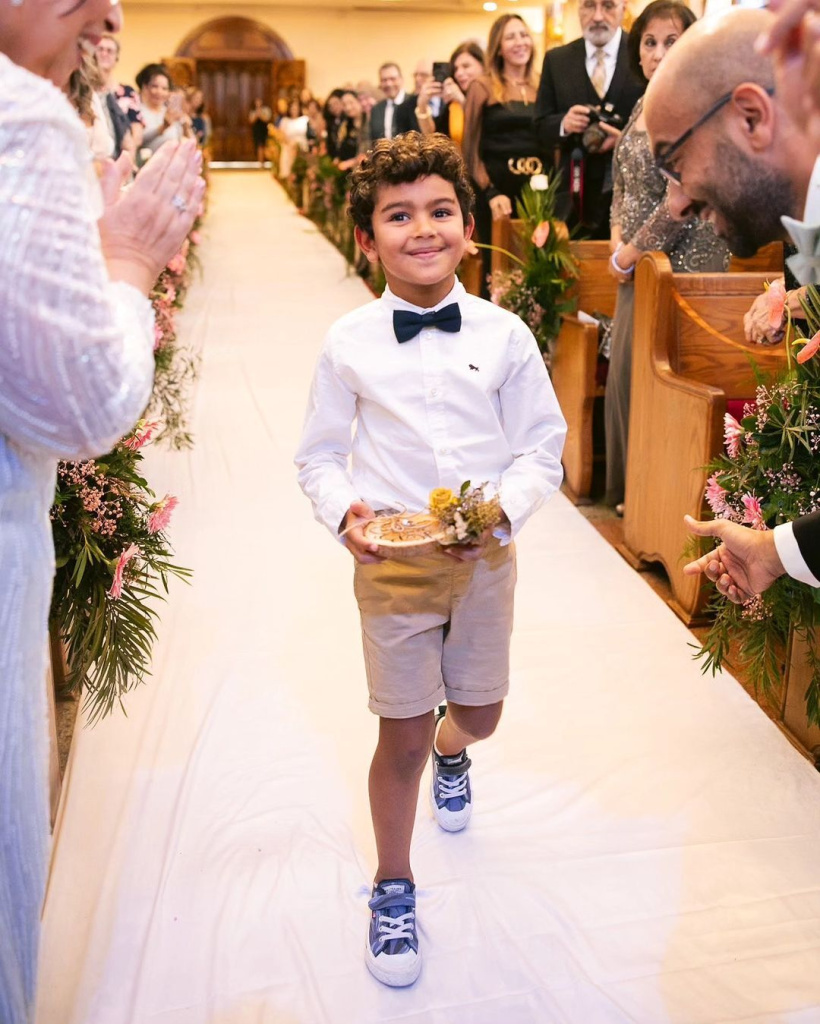
Upon reaching the altar, the ring bearer hands over the rings to the best man, who will keep them safe until the moment they are needed during the ring exchange portion of the ceremony. This handover is a key moment and should be rehearsed to ensure that both the ring bearer and the best man know exactly what to do.
If the child is very young or nervous about the role, it might be wise to use dummy rings for the procession to prevent any mishaps with the actual wedding bands. The best man should always be attentive and ready to assist the ring bearer during this moment to ensure a smooth transition. Additionally, it's common for the officiant to briefly interact with the ring bearer during the handover, providing a comforting cue for the child on what to do next.
Does the Ring Bearer Carry Both Rings?
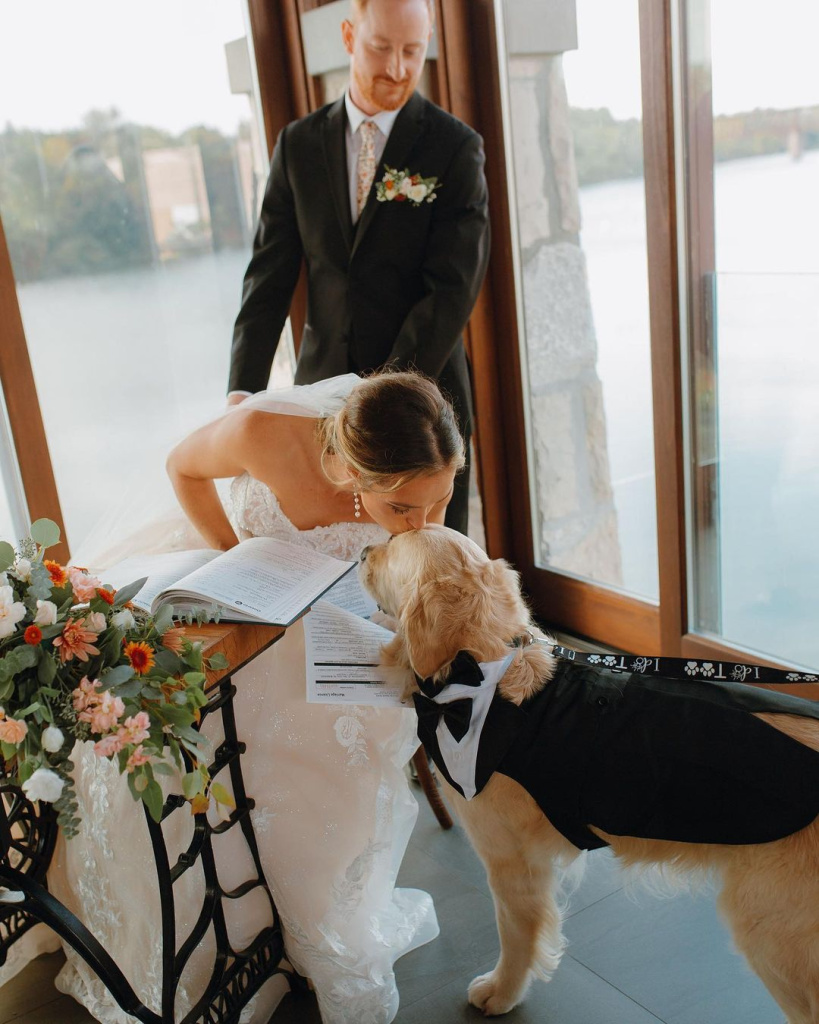
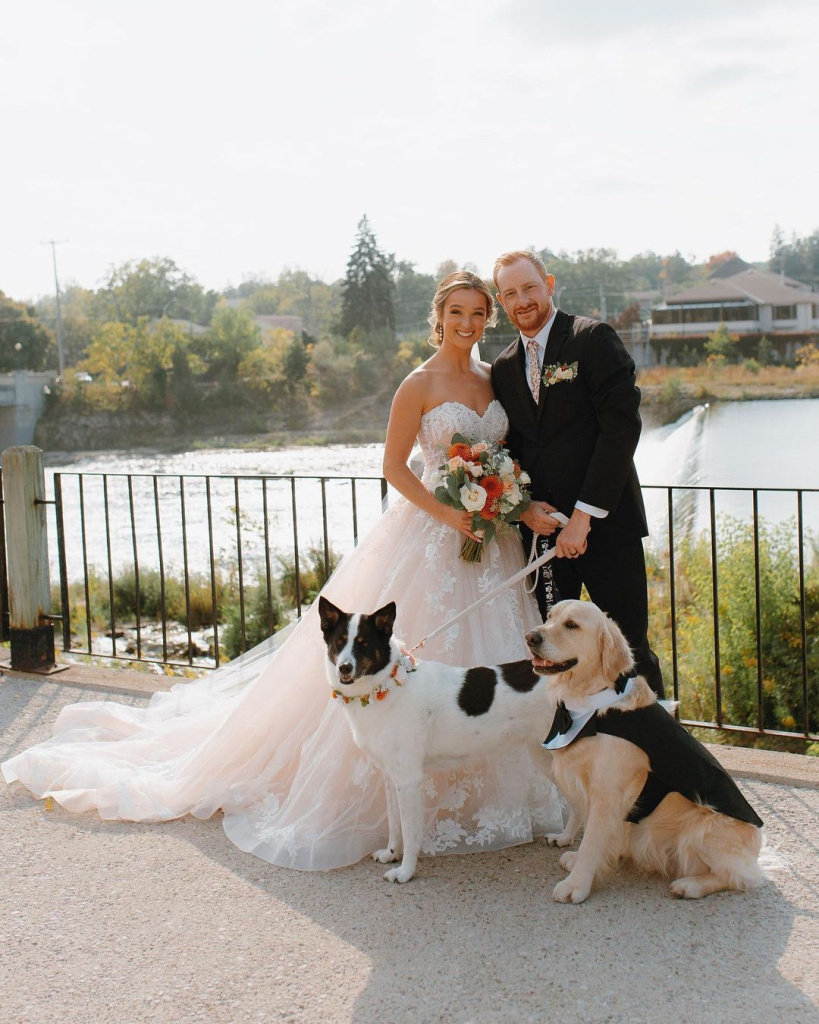
Yes, the ring bearer typically carries both the bride's and the groom's rings. The rings are usually tied securely to a small pillow or placed in a decorative box to minimize the risk of them falling or being lost. The choice between a pillow or a box can depend on the wedding’s theme, the age of the ring bearer, and the practicality for the ceremony. Using decoy rings is an option if there are concerns about the child’s ability to manage the real rings safely.
The symbolism of carrying both rings together underscores the unity and the binding commitments of the marriage ceremony. Ensuring that the rings are secure and the ring bearer is comfortable with their cargo is crucial for a smooth ceremony.
Where Does the Ring Bearer Stand?
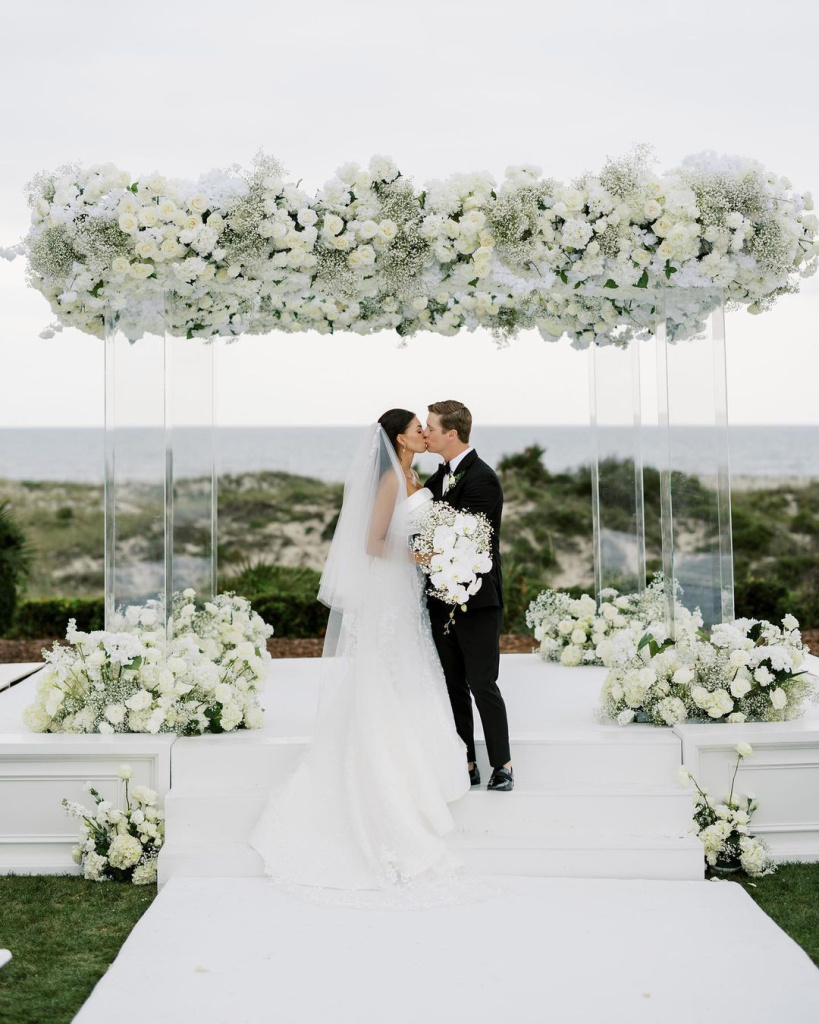
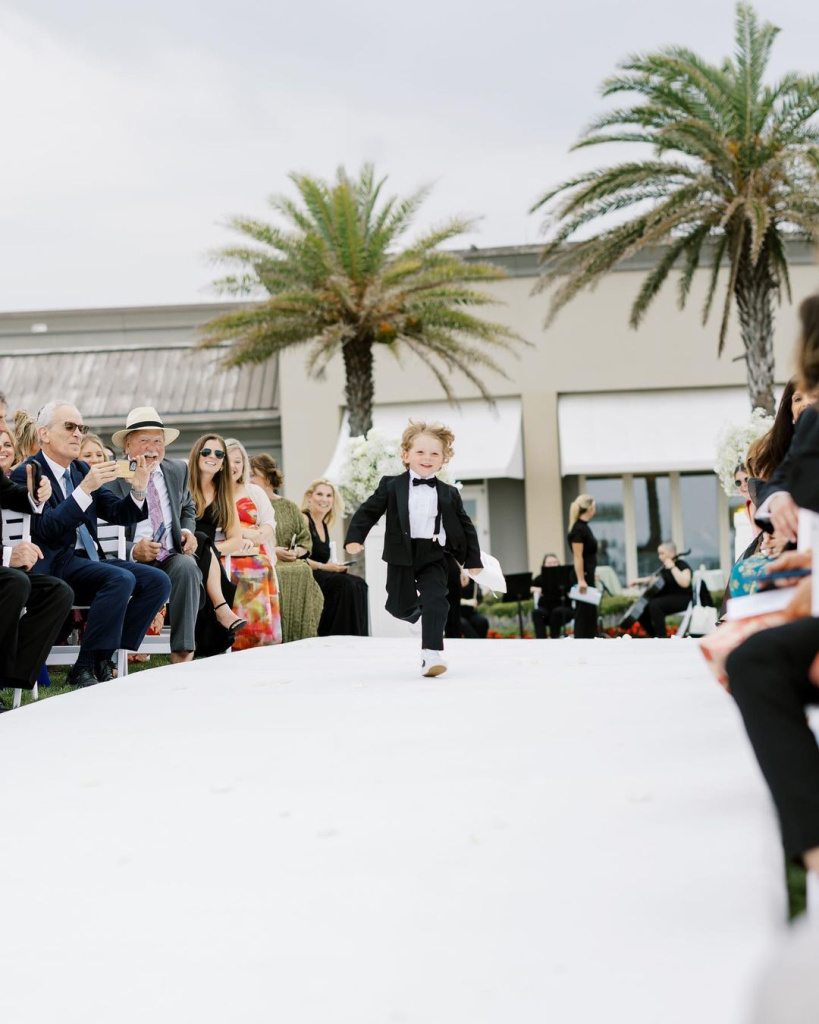
After completing their walk down the aisle and delivering the rings, the ring bearer usually stands with the other groomsmen by the altar. If the ceremony is lengthy or if standing still is too much for the child, they can sit quietly near their family at the front.
This flexibility helps accommodate the young age of most ring bearers and ensures that they can enjoy the ceremony without becoming restless. The exact standing or sitting position should be clarified during the rehearsal, and it's helpful to have a familiar face close by to help them feel secure and included throughout the ceremony. In some weddings, creative seating arrangements or decorations are used to make the space more comfortable and engaging for young participants.
Ring Bearer Expenses
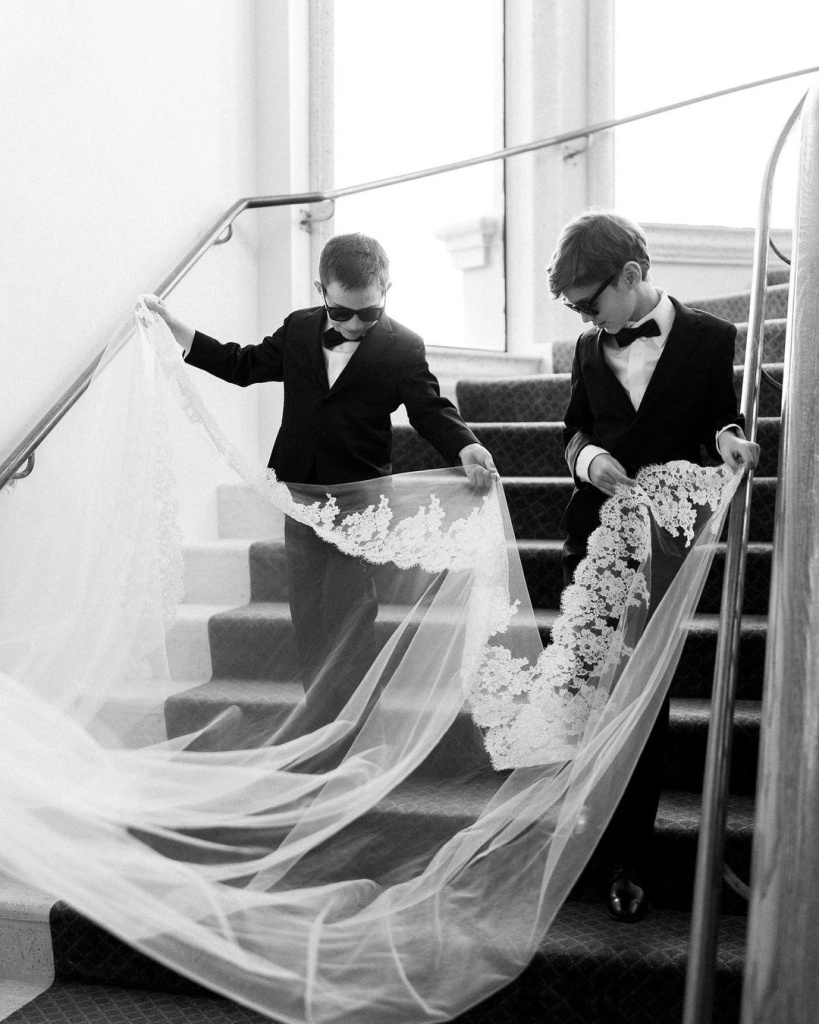

Covering the expenses related to the ring bearer's role is a thoughtful way to show appreciation for their contribution to the wedding. Key expenses typically include:
- Outfit: Often provided by the couple to ensure it matches the wedding theme and is coordinated with the rest of the bridal party.
- Accessories: This might include a custom pillow for the rings or a small decorative box.
- Thank you Gift: A small present as a token of gratitude, which can be a keepsake to remember the day.
- Rehearsal Dinner: If the child is expected to attend the rehearsal, covering their meal is a considerate gesture.
- Travel and Accommodation: If the wedding location requires travel, helping with these costs can be greatly appreciated by the family of the ring bearer.
From their march down the aisle to the sweet, solemn way they handle their duties, ring bearers add an unforgettable touch to any wedding. Whether they stride down with confidence or shyly shuffle along, they undoubtedly create memories that last a lifetime.







